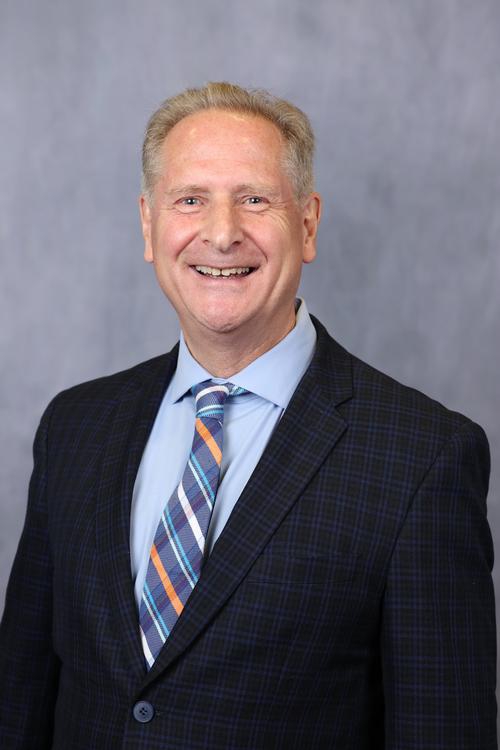 New York is at the hub of the United States’ offshore renewable energy initiatives, which include wind energy areas in the New York Bight, Massachusetts’ Vineyard Wind I, and the Coastal Virginia Offshore Pilot project. The state committed $500 million in additional funds to offshore wind development in 2022 with a plan to power over three million homes and create thousands of jobs.
New York is at the hub of the United States’ offshore renewable energy initiatives, which include wind energy areas in the New York Bight, Massachusetts’ Vineyard Wind I, and the Coastal Virginia Offshore Pilot project. The state committed $500 million in additional funds to offshore wind development in 2022 with a plan to power over three million homes and create thousands of jobs.
Unfortunately, offshore wind farms are typically placed on coasts with high volumes of shipping traffic. The enormous turbines—and tens of thousands of U.S. workers needed to construct and maintain them—face unique dangers that could end in severe or fatal maritime worker injuries at sea.
Offshore Renewable Energy Poses Injury Risk to Jones Act Workers
Offshore Renewable Energy Installations (OREI) can include a variety of alternative power sources, including wind farms, marine current turbines, wave generators, and other equipment. They can cover large areas of open water, sometimes encroaching into high-density shipping lanes or areas where recreational craft use is common. Increased traffic increases the risk of accidents, especially when it’s unclear which vessel or watercraft has the right of way.
Alternative energy installations’ proximity to busy shipping lanes can lead to accidents for those who build, repair, and decommission them. Some of the biggest problems that cause maritime injuries include:
- GPS and navigational interruption. Wind farms can interrupt ships’ navigation and communication equipment, increasing the risk of collisions around the installation.
- Vessel variety. Cargo ships, fishing vessels, and recreational vessels may deviate from their established routes to avoid installation sites, forcing ships of all sizes and speed capabilities into each others’ paths.
- Misleading depth. Depending on the method of energy creation, installations could be submerged, protrude slightly above the sea surface, or stretch several feet into the sky. Wind turbines have historically operated in relatively shallow water, but newer installations can be constructed in deeper areas and potentially stretch further into navigable channels. Surrounding ships may not be able to judge the depth area of the turbine’s base by sight alone.
- Grounding. Offshore wave and tidal energy installations are typically located at or near the surface, creating invisible obstructions that cause nearby ships to ground. Vessels may also be fired to navigate a much narrower channel between installations and the shore, risking collisions in choke points.
- Seabed changes. Wind farm structures can cause seabed scouring, leading to unreliable depth information. The giant turbines can disrupt local tidal streams, creating eddies and changing long-established depths in their surrounding areas.
- Barriers to emergency response. Search and rescue aircraft, vessels, and equipment may be unable to access ships or crew members after an accident near an OREI, leading to more significant loss of life in emergencies.
- Maintenance personnel carriers. Accessing an offshore energy installation requires specialized navigation and maneuvering skills. Poor weather conditions, lack of training, or unseaworthy vessels involved in turbine maintenance and construction are common factors in allisions and overboard injuries.
As the offshore wind energy sector continues to grow, employers need to prioritize the safety of their workers. With potential hazards looming, addressing any known and unexpected risks is crucial to ensure the crew's well-being. However, some employers and shipowners are willing to risk their employees’ lives to save more profits.
Get Help From a Maritime Injury Lawyer After an Injury
In the unfortunate event of an accident, Jones Act workers and their loved ones have access to resources to help them move forward. Federal laws protect every aspect of an injured maritime employee’s claim, from seeking medical treatment and recouping lost earnings to filing a negligence lawsuit against an employer or shipowner.
If you have been involved in an accident at sea, the legal team at Hofmann & Schweitzer can protect your rights—and we don’t collect any payment unless we win your case. Call us at 1-800-3-MAY-DAY or learn more about your claim in our complimentary guide, Are You a Seaman Injured in a Maritime Accident? Know Your Rights.

